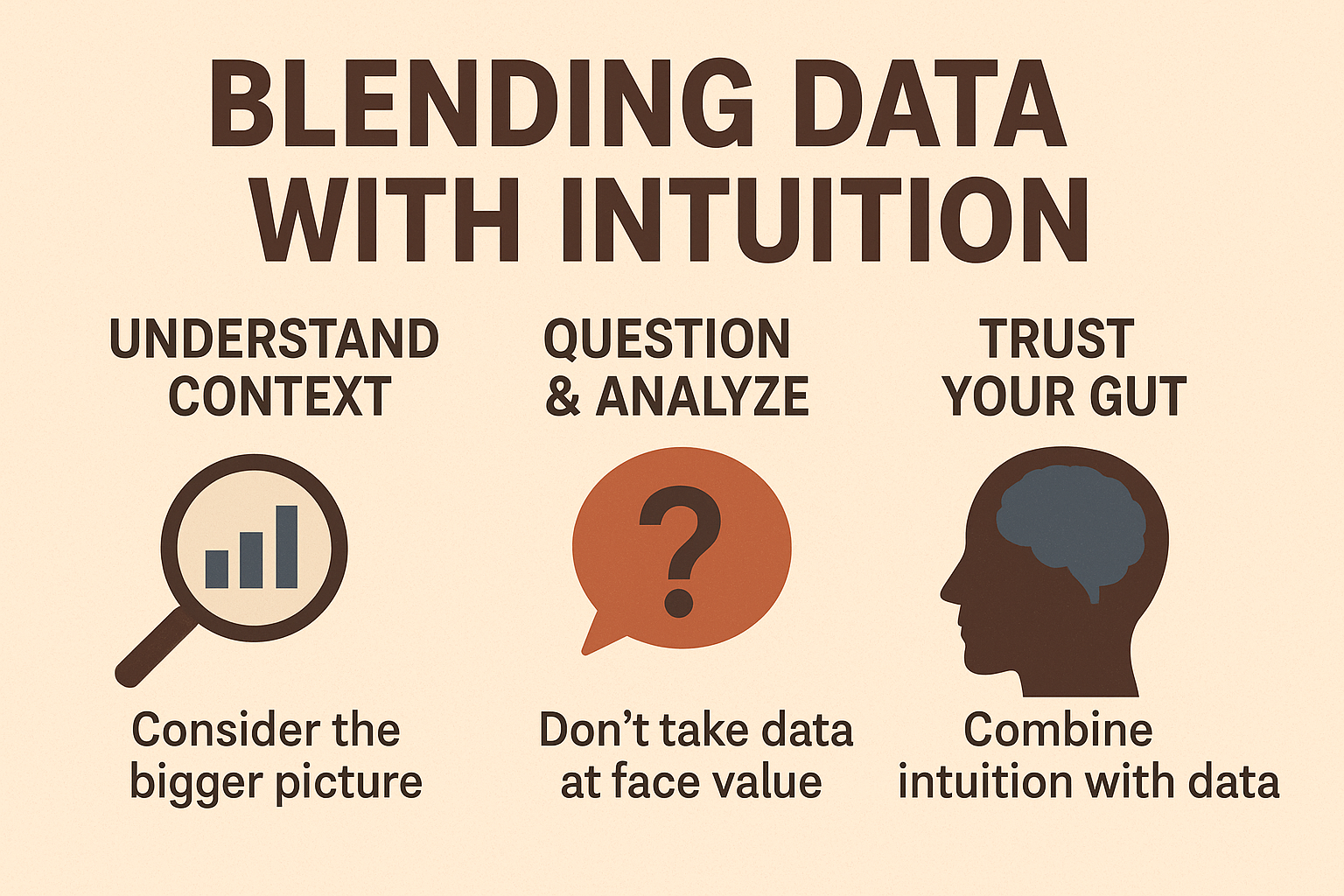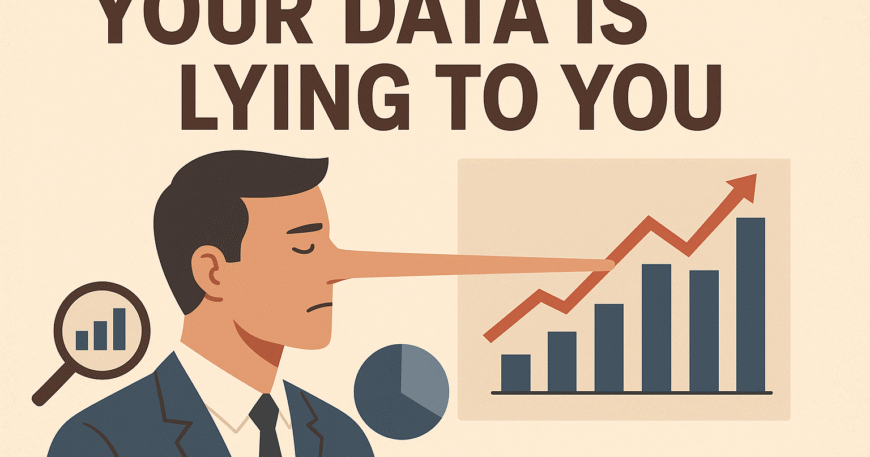Table of Contents
The Illusion of Truth in Data
When Numbers Mislead: Common Misinterpretations
The Context Gap: What Data Doesn’t Tell You
The Role of Human Intuition in Modern Marketing
Building a Data-Intuition Feedback Loop
FAQs
The Illusion of Truth in Data
Marketers love numbers — conversion rates, bounce rates, impressions, CTRs, open rates, and so on. These metrics give a sense of control and clarity, a feeling that every decision can be justified by data.
But here’s the uncomfortable truth: your data can lie to you — or rather, it can tell only a partial story. The illusion of objectivity often makes marketers forget that data is not the truth; it’s a reflection of how we collect, interpret, and act upon it.
Raw data doesn’t automatically equal insight. Without the right context, analysis, and creative interpretation, it can lead to decisions that feel “data-driven” but are actually directionless.
When Numbers Mislead: Common Misinterpretations
Even experienced marketers fall into traps where data looks trustworthy but isn’t. Here are a few common ones:
- Correlation vs. Causation: A spike in website traffic after a post doesn’t always mean the content caused it. Maybe it was timing, news relevance, or even an unrelated viral trend.
- Vanity Metrics: High impressions and likes feel good, but they don’t necessarily convert to engagement or revenue. Not all attention is equal.
- Short-Term Bias: Campaign data often focuses on immediate wins — clicks or conversions — and ignores long-term brand growth, loyalty, and perception.
- Confirmation Bias: We often look for data that supports what we already believe. It’s easy to misinterpret numbers to validate an existing strategy rather than challenge it.
The danger isn’t that data is wrong — it’s that our interpretation of it is incomplete.
The Context Gap: What Data Doesn’t Tell You
Data can show you what happened but rarely why.
Analytics might tell you that a campaign’s engagement dropped by 20%, but it won’t reveal the emotional or cultural context behind it — maybe the message didn’t resonate, maybe the audience was distracted by world events, or maybe the creative simply lacked heart.
Data can’t capture human nuances like:
- Audience mood
- Shifting values or beliefs
- Social and cultural context
- The subconscious reasons people buy
These are things only human intuition can sense — and that’s where the best marketers thrive.

The Role of Human Intuition in Modern Marketing
Intuition isn’t the opposite of data — it’s the missing half.
Marketers who rely purely on data risk becoming mechanical. Those who rely purely on intuition risk being inconsistent. The magic happens when both coexist.
For example:
- A/B tests might tell you which ad performs better, but intuition helps you guess why one resonates more deeply.
- Analytics may show which keyword drives traffic, but intuition tells you what emotional hook to attach to that keyword.
- Market research provides patterns, but intuition lets you anticipate shifts before they appear in the data.
Think of data as your compass and intuition as your map. One shows direction; the other gives meaning.
Building a Data-Intuition Feedback Loop
Here’s how to balance analytics and instinct in decision-making:
Start with Data, End with Reflection:
Look at your numbers, but then ask “What could this mean beyond the surface?”Validate Hunches with Evidence:
Don’t ignore gut feelings. Instead, test them with small experiments or controlled campaigns.Train Your Intuition:
Intuition strengthens with exposure — analyze past campaigns, understand audiences deeply, and keep testing patterns you feel might work.Encourage Diverse Perspectives:
A team that includes data analysts, creatives, and strategists naturally balances logic and emotion.
The future of marketing isn’t just data-driven. It’s data-informed and intuition-enhanced.
Final Thoughts
Data is powerful — but it’s not a prophet. It shows the footprints of what happened, not the road ahead.
As a marketer, your real edge lies in your ability to listen beyond the numbers — to combine analytical precision with creative instinct. Because when your data lies, your intuition is often the truth that saves your strategy.




